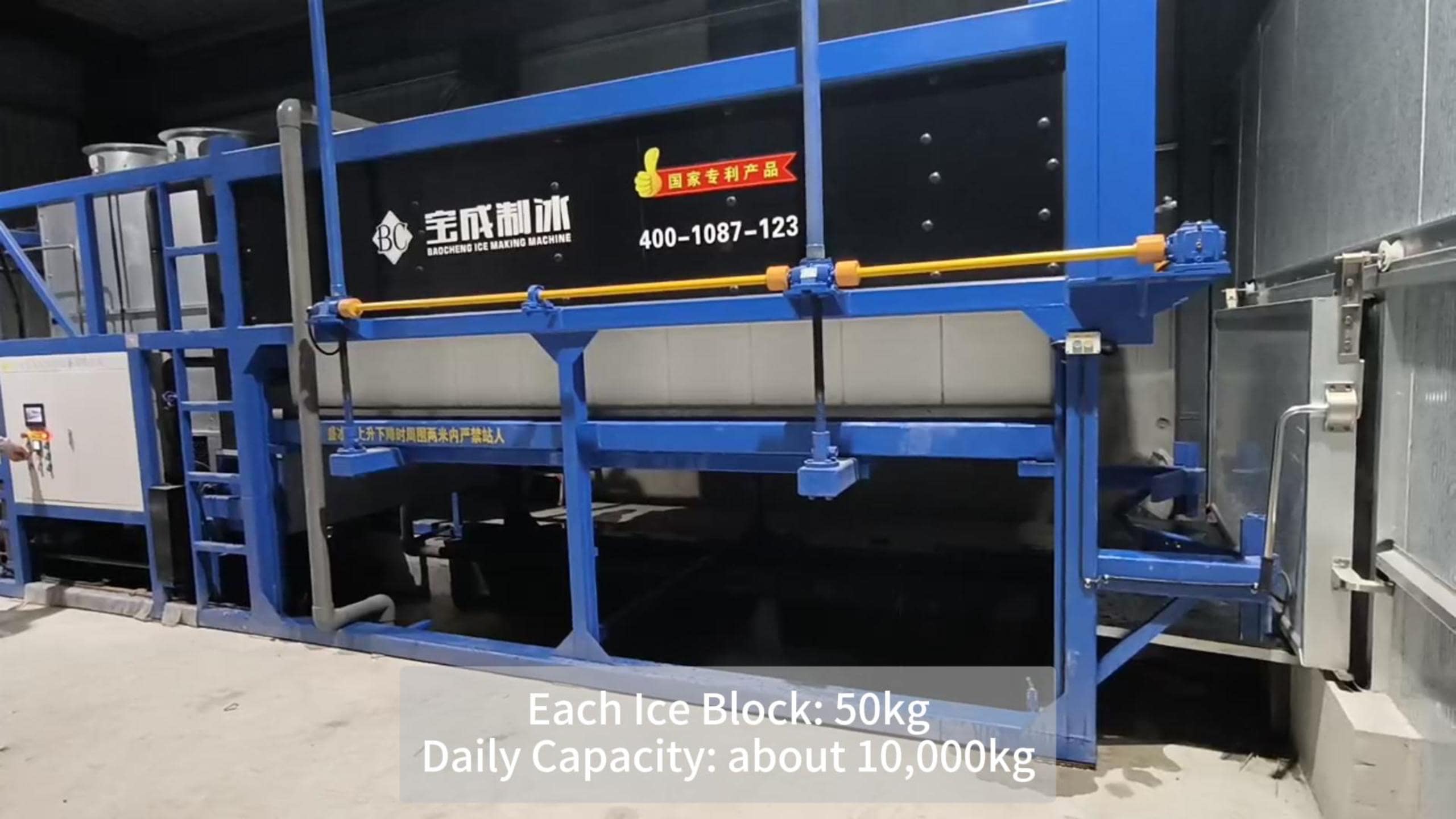The Importance of Refrigerants in Industrial Ice Makers and Their Impact on Water Quality
Oct 15, 2024
Ensuring Efficient Operation of Industrial Ice Makers
Industrial ice makers play a pivotal role in many industries, from food processing to healthcare, where consistent and efficient ice production is essential. While many factors contribute to the successful operation of an automatic ice maker, one of the most critical components is the refrigerant. The cold refrigerant drives the cooling process, which ensures the effective production of ice. Additionally, selecting the right refrigerant can significantly influence the machine's efficiency, environmental impact, and overall performance.
The Role of Refrigerants in Industrial Ice Makers
Types of Refrigerants in Ice Machines
There are various types of ice machine refrigerants, each with its unique properties and applications. The most common refrigerants include:
Hydrofluorocarbons (HFCs): These refrigerants are widely used in modern refrigeration systems due to their relatively low impact on the ozone layer. However, they still contribute to global warming.
Ammonia (NH3): A highly efficient refrigerant, ammonia has been used in industrial cooling for decades. It has zero global warming potential (GWP) and no ozone depletion potential (ODP), making it environmentally friendly. However, it is toxic and requires careful handling.
Carbon Dioxide (CO2): Known for its low environmental impact, CO2 is a natural refrigerant that is non-toxic and non-flammable. Its application in industrial ice makers is growing due to its sustainability benefits.
Hydrocarbons (e.g., Propane): While these refrigerants have low GWP and are energy efficient, they are highly flammable, requiring strict safety protocols.
How Refrigerants Work in Ice Makers
Refrigerants are essential in transferring heat from the ice-making system to the environment. The process involves several key components:
Evaporator: Here, the refrigerant absorbs heat from the surrounding water, cooling it enough to form ice.
Compressor: After absorbing heat, the refrigerant is compressed to a high-pressure gas, increasing its temperature.
Condenser: The heated refrigerant is then cooled down by a condenser, releasing heat to the surrounding air or water.
Expansion Valve: Finally, the refrigerant is expanded, reducing its pressure and temperature, preparing it to absorb heat again.
The continuous cycle of absorbing and releasing heat ensures the efficient production of ice.
Refrigerant Selection Considerations
Choosing the right refrigerant is crucial for the efficiency and sustainability of an industrial ice machine. Key factors include:
Environmental Impact: Many countries now regulate the use of refrigerants based on their global warming potential (GWP) and ozone depletion potential (ODP). Refrigerants like HFCs are being phased out in favor of more eco-friendly options like ammonia and CO2.
Efficiency: The efficiency of the direct refrigerant cooling impacts the energy consumption of the ice maker. Low-efficiency refrigerants can lead to higher operational costs.
Compatibility: Refrigerants must be compatible with the machine's components to avoid damage and ensure smooth operation.
Safety: Some refrigerants, such as ammonia and hydrocarbons, require special handling due to their toxicity or flammability。
Refrigerant Charge and Environmental Regulations
Proper refrigerant charging is critical to the performance and longevity of an industrial ice maker. Undercharging or overcharging the system can lead to inefficient operation, reduced ice production, and even system breakdowns. In addition, adherence to environmental regulations is paramount. Many countries have set guidelines on refrigerant use, restricting high-GWP refrigerants and promoting alternatives like natural refrigerants.
Maintaining Refrigerants in Industrial Ice Makers
Refrigerant maintenance is a key aspect of ensuring the longevity and optimal performance of an ice machine. Regular inspections and maintenance include:
Leak Detection: Refrigerant leaks can significantly reduce the efficiency of the ice maker and lead to higher operational costs. Timely detection and repair of leaks prevent refrigerant loss and environmental harm.
Refrigerant Recharging: Over time, refrigerants may need to be replenished. Ensuring the correct amount of refrigerant is charged into the system is critical for maintaining cooling efficiency.
System Cleaning: Dirt and debris in the condenser or evaporator can reduce the efficiency of the refrigerant cycle. Regular cleaning ensures the refrigerant can circulate properly and maintain its cooling capacity.
Upgrading to Eco-Friendly Refrigerants: As regulations evolve, transitioning to refrigerants with lower GWP and ODP can improve the sustainability of ice-making operations. Upgrading older systems to accommodate newer, more efficient refrigerants can also boost efficiency and reduce energy costs.
The Critical Role of Refrigerants in Industrial Ice Making
Refrigerants are the lifeblood of industrial ice makers, enabling efficient and consistent ice production. The choice of refrigerant, its maintenance, and its impact on water quality are crucial factors for operators to consider. By selecting the right refrigerant and maintaining it properly, businesses can optimize the performance of their ice machines while adhering to environmental regulations and minimizing their carbon footprint.
For expert advice on selecting and maintaining refrigerants in your industrial ice maker, or to inquire about eco-friendly solutions, contact us today. Our team is here to help you find the best refrigerant solutions for your needs, ensuring both high efficiency and environmental compliance.
Read More


